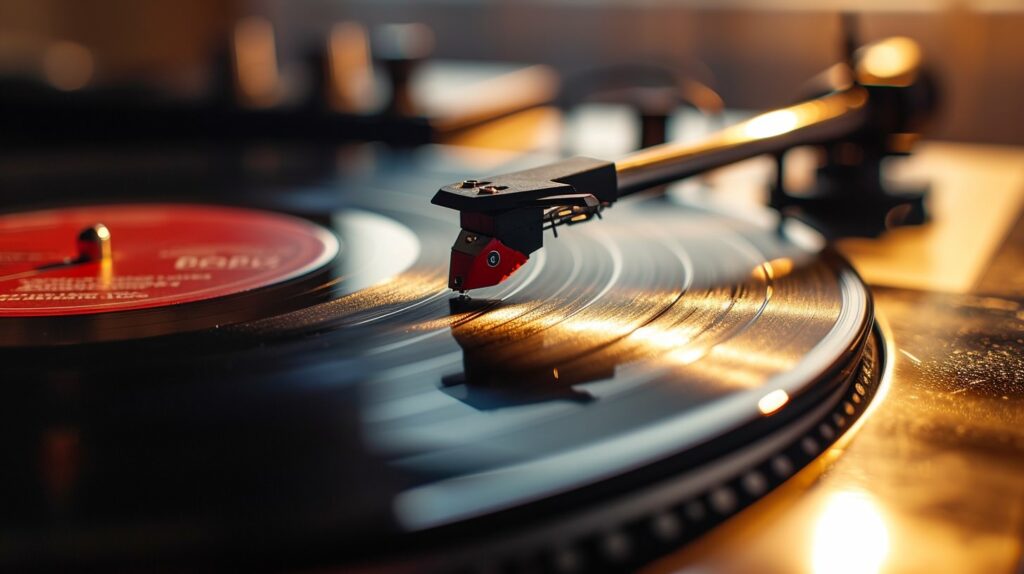How Do Vinyl Records Work?

Vinyl records, a classic medium for music enthusiasts, operate on a surprisingly simple yet fascinating principle. This article dives into the world of vinyl records, exploring how they store and reproduce sound, and why they continue to captivate audiophiles and music lovers worldwide.
The Basics of Vinyl Record Design
Vinyl records are essentially discs made from polyvinyl chloride (PVC), commonly referred to as “vinyl.” Each record features a spiral groove that starts near the edge and winds its way to the center. This groove is not just a random etching; it’s a meticulous imprint of sound.
The Groove: Encoding Sound
The key to a vinyl record’s ability to reproduce sound lies in the groove’s design. The groove is carved with tiny bumps and valleys. These variations correspond to the sound’s waveform that the record is meant to reproduce.
When a record is produced, a master disc is created with these precise grooves, which is then used to press the final vinyl records.
The Turntable: Bringing Sound to Life
To play the sound encoded in the grooves, you need a turntable. The turntable’s needle, or stylus, runs along the groove. As the stylus navigates the bumps and valleys, it vibrates. These vibrations are a mechanical replica of the original sound’s waveform.
The Science Behind the Sound
Transducing Mechanical Energy
The turntable’s stylus converts the mechanical energy from the groove’s vibrations into electrical signals. This process, known as transduction, is facilitated by a cartridge at the end of the turntable’s arm. The cartridge contains a magnetic coil or a crystal that generates electrical signals in response to the stylus’s movements.
Amplification and Output
The electrical signals are quite weak when they come directly from the stylus. Therefore, they must be amplified. This is done using a preamplifier, which boosts the signal enough to be processed by a standard amplifier. The amplified signal is then sent to speakers, where it is converted back into sound waves, recreating the original recording.
The Appeal of Vinyl in a Digital Age
In an era dominated by digital formats, vinyl records hold a special place. Their appeal lies not just in their nostalgic value, but also in the unique sound quality they offer. Vinyl enthusiasts often speak of a ‘warmer’ and more ‘authentic’ sound, which is attributed to the analog nature of vinyl playback.
Unlike digital formats, which represent sound as discrete data points, analog vinyl captures the continuous waveform of sound, potentially offering a richer and more nuanced audio experience.
The Tangibility and Ritual
Another aspect of vinyl’s enduring appeal is its physicality. Handling a record, placing it on the turntable, and dropping the needle provides a tactile interaction with music that digital formats lack. This ritualistic aspect adds to the overall experience of music listening, making it more engaging and personal.
Conclusion
Vinyl records stand as a testament to the enduring appeal of analog technology in a digital world. Their simple yet effective design, the unique sound quality they deliver, and the tactile experience they offer, all contribute to their continued popularity.
Whether you’re an audiophile or a casual listener, understanding how vinyl records work enhances the appreciation of this beloved format.